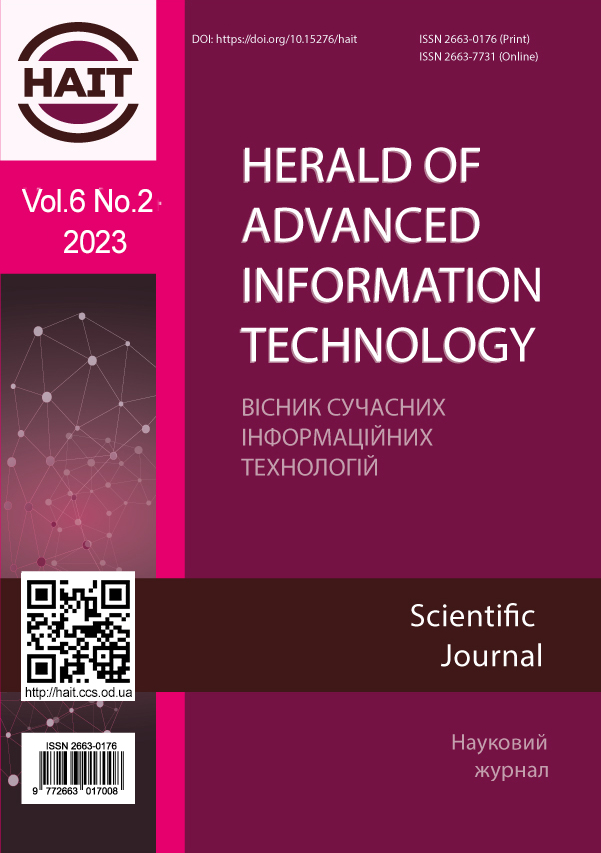An adaptive convolutional neural network model for human facial expression recognition
Main Article Content
Abstract
The relevance of solving the problem of recognizing facial expressions in the image of a person's face for the formation of a model of social interactions in the development of intelligent systems for computer vision, human-machine interaction, online learning, emotional marketing, and game intelligence is shown. The aim of the work is to reduce the training time and computational resources without losing the reliability of the multivalued classification of motor units for solving the problem of facial expression recognition in a human face image by developing an adaptive model of a convolution neural network and a method for its training with “fine tuning” of parameters. To achieve the goal, several tasks were solved in the work. Models of specialized convolution neural networks and pre-trained on the ImageNet set were investigated. The stages of transfer learning of convolution neural networks were shown. A model of a convolutional neural network and a method for its training were developed to solve the problems of facial expression recognition on a human face image. The reliability of recognition of motor units was analyzed based on the developed adaptive model of a convolution neural network and the method of its transfer learning. It is shown that, on average, the use of the proposed loss function in a fully connected layer of a multi-valued motor unit classifier within the framework of the developed adaptive model of a convolution neural network based on the publicly available MobileNet-v1 and its transfer learning method made it possible to increase the reliability of solving the problem of facial expression recognition in a human face image by 6 % by F1 value estimation.



